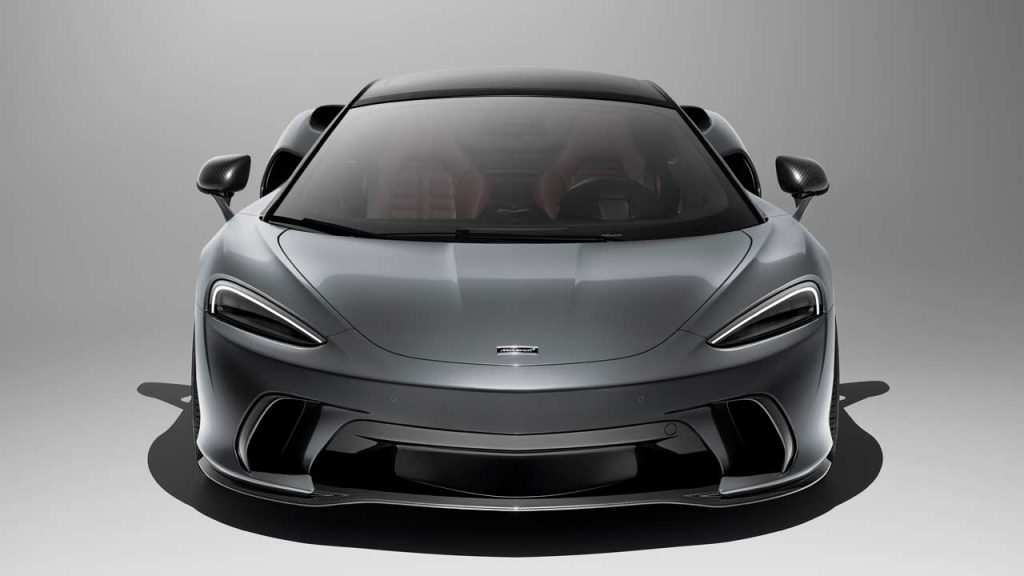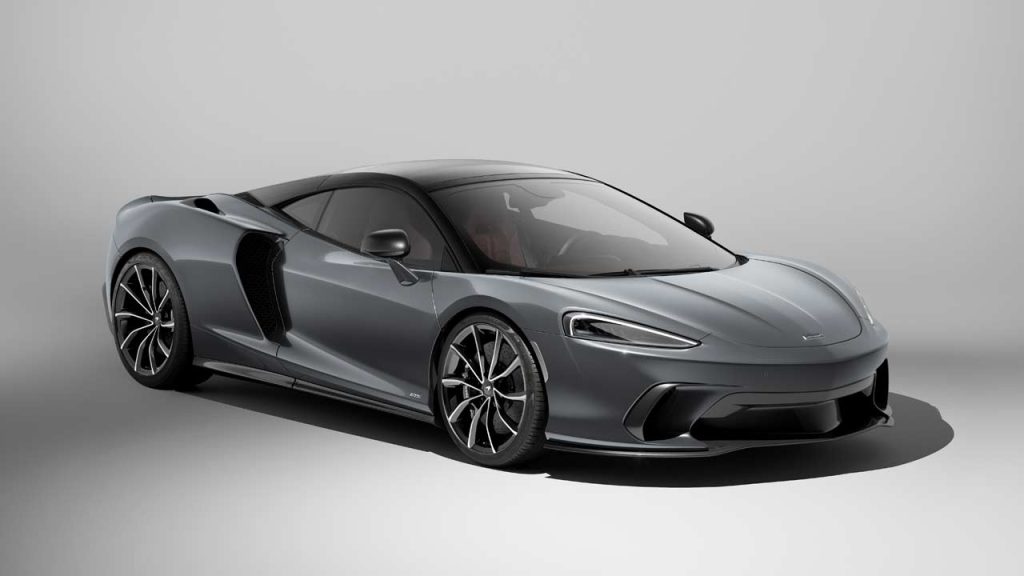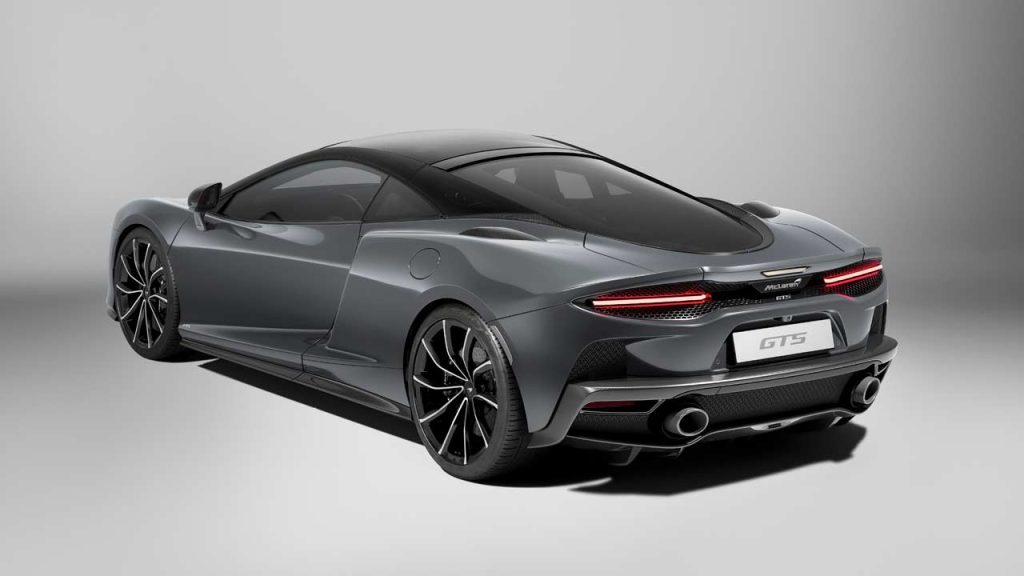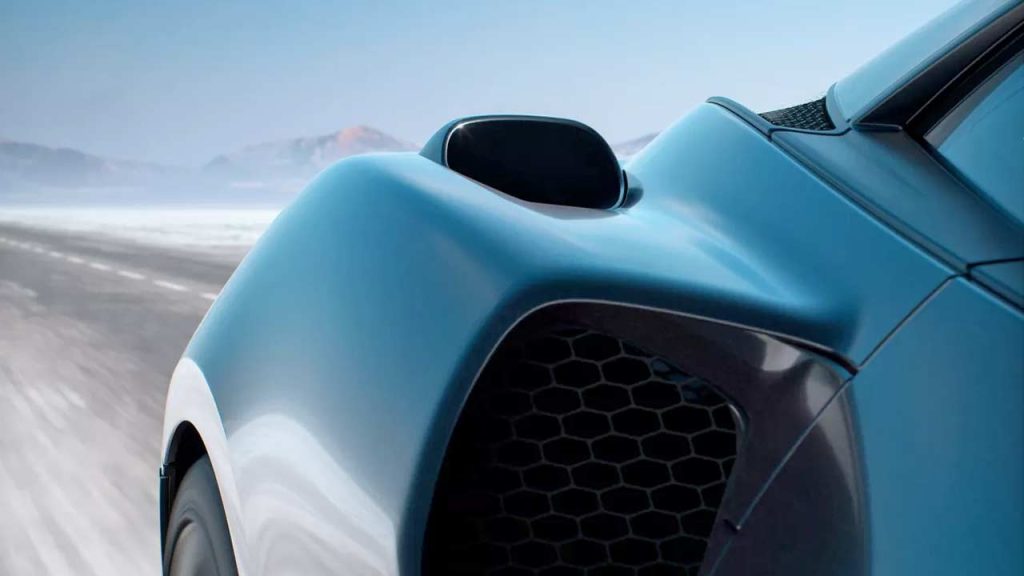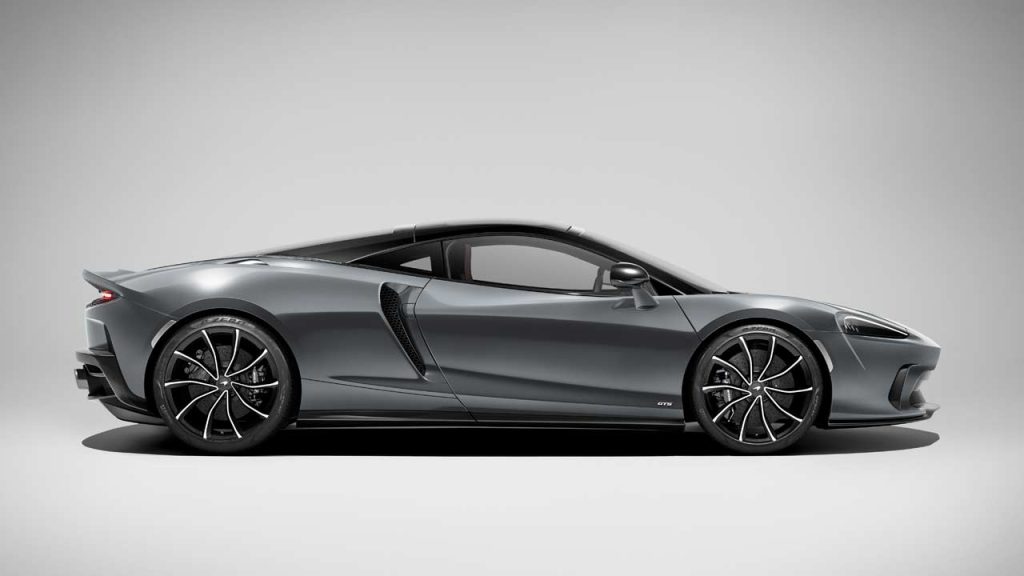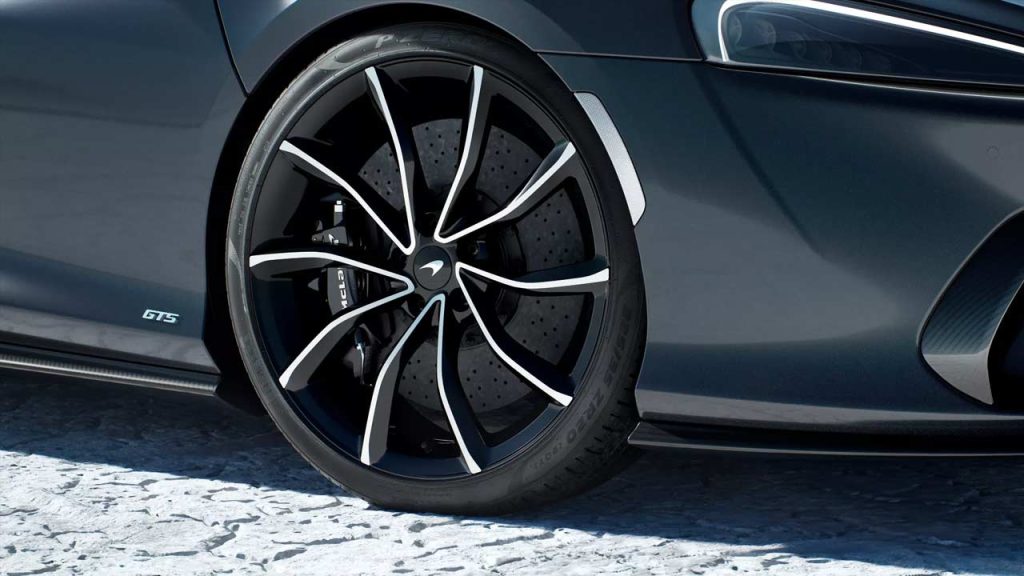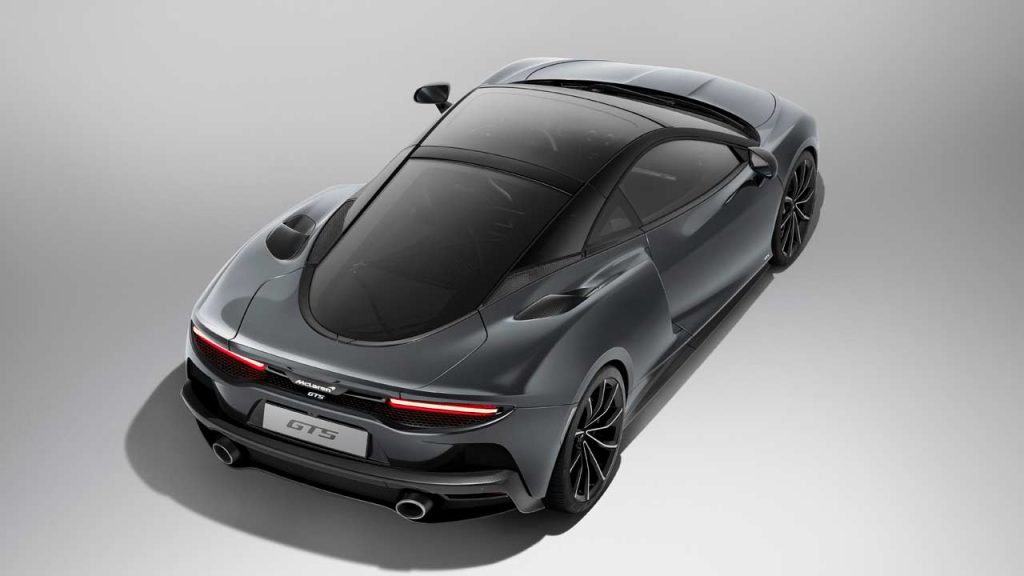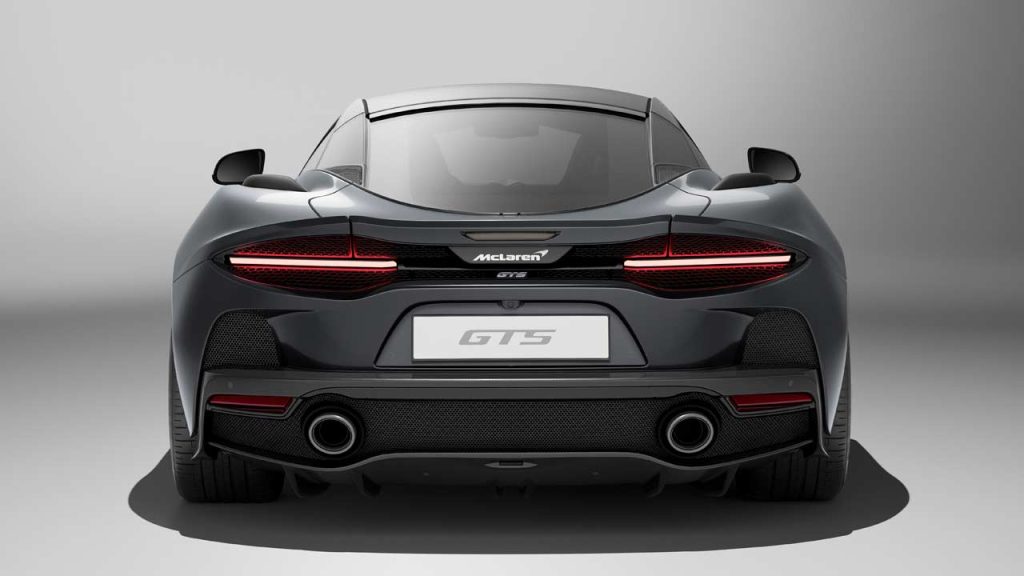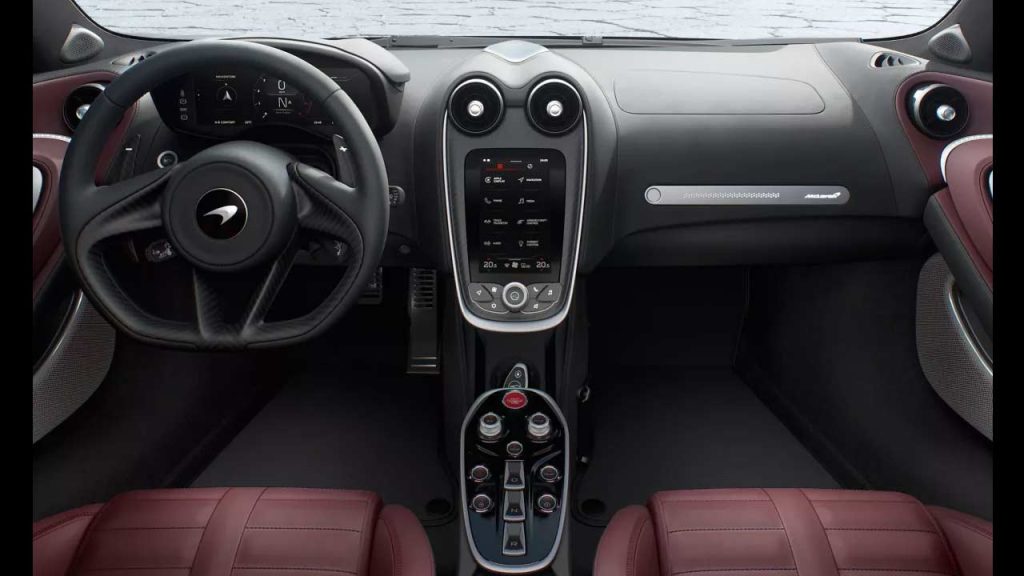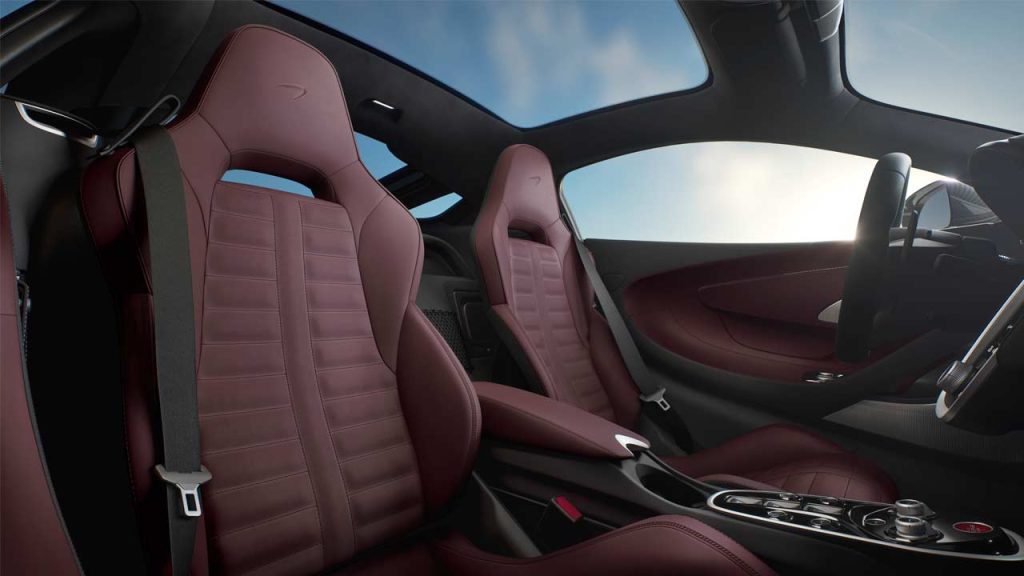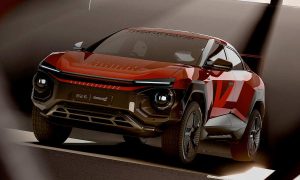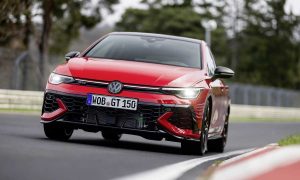When the McLaren GT debuted in mid-2019, it marked a new chapter not only for the brand but also for the performance cars segment in general. At the time of its debut, it differentiated from its competition by being a mid-engined grand tourer. It has been more than 4 years now, and nobody really knows how many units have been sold/retailed so far, but the company has revealed the replacement.
But please don’t panic! The McLaren GTS you’re seeing here is nothing but a refreshed McLaren GT for 2024. It appears that McLaren decided to “refresh” the name too for the new year. The GTS is available for ordering now, with deliveries commencing sometime in 2024. Nope, pricing is yet to be disclosed.
So, what’s new? Well, that’s a good question. At first glance, it seems like there’s nothing to talk about, but if you go down on the front; sorry, I mean, if you look at the front bumper, you’ll see some extra inserts (available in naked carbon fibre) on the side intakes. And if you move towards the side of the car and look carefully at the rear fenders, you’ll notice that the air scoops (available in gloss carbon fibre) are mounted a li’l higher than before. Last but not least, the rear diffuser is apparently larger, but you may have to see the car in person to notice the difference.
The optional ‘Turbine’ design forged alloy wheels are new too, and the personalization options include a new ‘Lava Grey’ paint. As standard, the GTS rides on 10-twin-spoke forged alloy wheels (20-inch front, 21-inch rear). The rims are wrapped with Pirelli P Zero tyres as standard; these tyres are claimed to be developed especially for the GTS. Carbon ceramic discs are fitted as standard (390 mm front and 380 mm rear).
Inside, it appears that the digital cluster size has been reduced from 12.3-inch to 10.25-inch, which apparently is a sharper, crispier unit with turn-by-turn navigation information. A 7-inch central touchscreen remains the same. A 12-speaker Bowers & Wilkins premium audio system is optionally available. Other than that, there are a couple of new interior schemes and material choices.
Other key highlights include the standard composite roof made from recycled carbon fibre; an optional panoramic glass roof with electrochromic feature, and an improved vehicle lift function that is claimed to raise or lower the nose in 4 seconds – more than twice as fast as before.
Moving on to the juicy bits of the story, the 4.0L V8 biturbo engine now produces 467 kW (635 metric hp) at 7,500 rpm and 630 Nm (465 lb-ft) of torque between 5,500 and 6,500 rpm. While the torque remains the same, there are 15 horses more this time around. The official sprint times are as follows: 0-200 km/h (124 mph) in 8.9 seconds (quicker than GT); 0-100 km/h (62 mph) in 3.2 seconds. The top speed also remains unchanged at 326 km/h (202 mph).

Leave a Reply
Note: Comments that are unrelated to the post above get automatically filtered into the trash bin.

